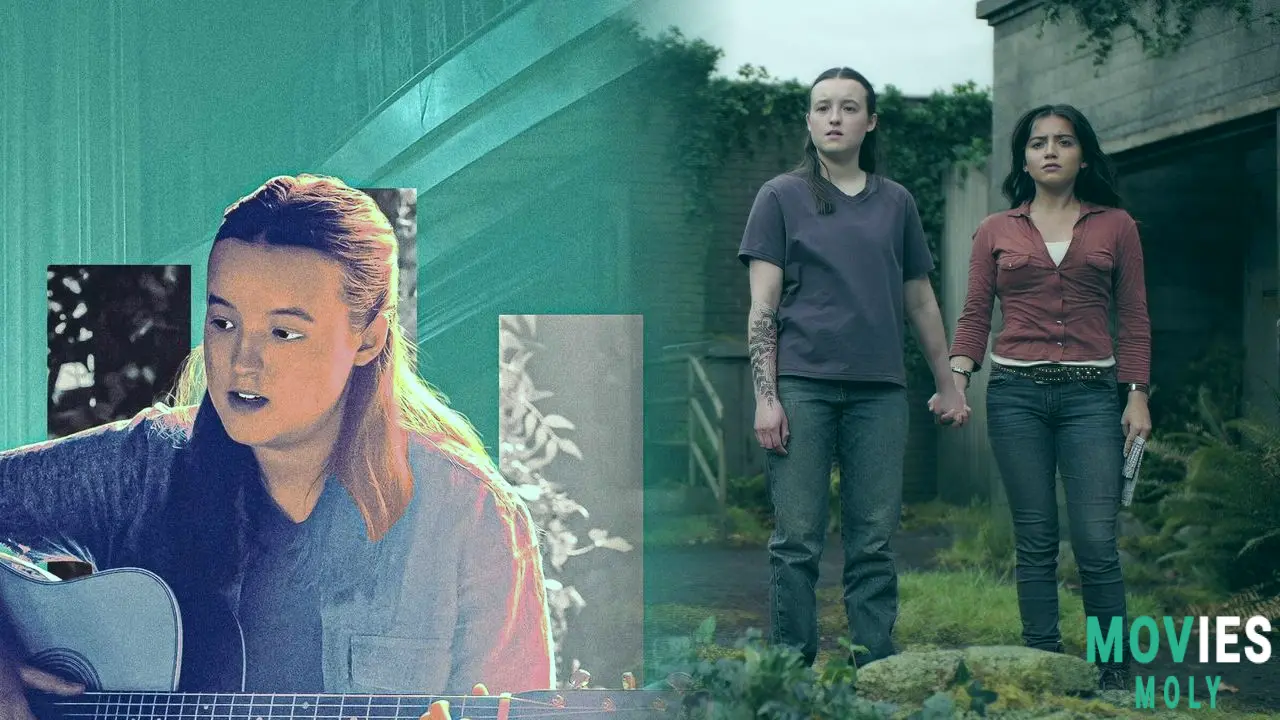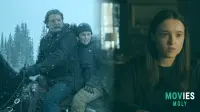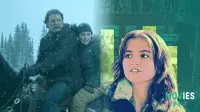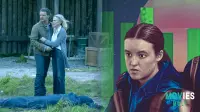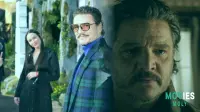Few episodes of The Last Of Us manage to walk as many tonal tightropes as Season 2’s Episode 4, yet somehow, under the deft direction of Loki alum Kate Herron, “Day One” not only balances them — it soars. A mix of grim world-building, character-driven intimacy, and explosive action set pieces, this installment turns Seattle into a character of its own: broken, dangerous, and full of echoes from the past. But it’s the evolving relationship between Ellie (Bella Ramsey) and Dina (Isabela Merced) that strikes the most powerful chord in a chapter packed with one-upped cruelty and quiet hope.
Isaac’s Origin Story Adds Depth to the Wolves’ Ruthless EvolutionOpening with a flashback that feels plucked straight from a Marvel or DC origin tale — only far more grounded and grim — we see FEDRA Isaac (Jeffrey Wright) make a brutal choice. Trapped in a convoy with laughing, careless soldiers, Isaac doesn’t just abandon the authoritarian regime he once served; he violently pivots, turning a tactical situation into an ambush. The grenade-filled truck scene isn’t just a shocking intro to Isaac’s moral compass (or lack thereof); it’s a masterstroke of storytelling that compresses years of character evolution into a single, devastating moment.
What’s especially brilliant is how Isaac’s early patriotism mutates into cold pragmatism. His later interrogation of a captured Seraphite isn’t merely a grim action beat — it’s a monologue through violence. As he muses on the “strange benefits of the apocalypse” while torturing with copper pans, we see a man who’s not just surviving, but thriving in a new world order. It’s a scene that evokes American Psycho in its clinical delivery and thematic weight, turning Isaac into something more than a villain — he’s a reflection of how collapse breeds opportunity for the calculating few.
Seattle’s Decay Is Spectacularly Realized Through Set Design and Symbolism
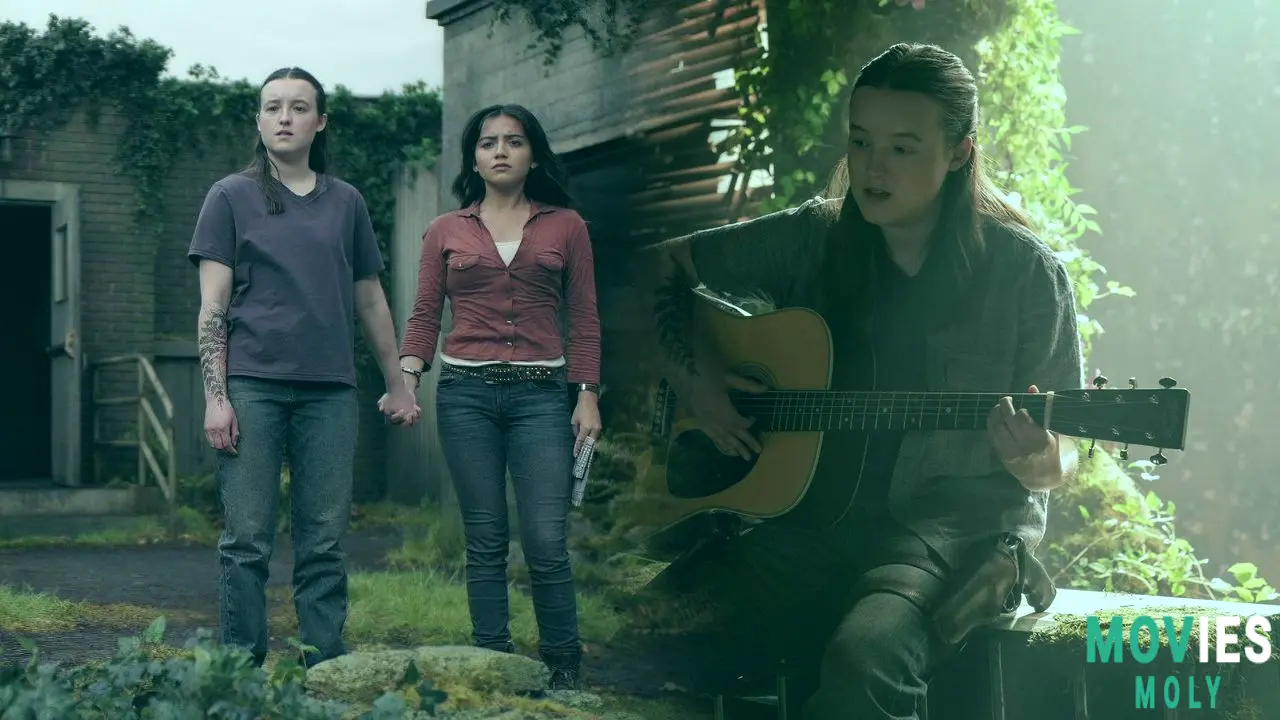
Ellie and Dina’s entrance into Seattle might have felt like a respite after their long journey, but the city quickly reveals itself as a battleground — not just between WLF and Seraphites, but for the very soul of humanity. The production team deserves a standing ovation for transforming Capitol Hill into a post-apocalyptic gallery of conflict and decay. Rainbow flags, once symbols of pride and hope, now fade into the background of carnage and chaos. It’s a haunting reminder that even spaces of progress are not immune to collapse.
The abandoned TV station scene is pure horror theater. The grotesque display of the Seraphites’ vengeance — five WLF soldiers hanged and disemboweled with their intestines used like macabre decoration — is the kind of image that sears into your mind. It’s a brutal statement: both factions are willing to cross lines, and survival doesn’t equate to morality. As Dina grimly sums it up, “assholes killing assholes,” the show underlines a core theme — the real monsters aren’t always the infected.
Ellie’s “Take on Me” Moment Turns a Side Quest Into a Love Story
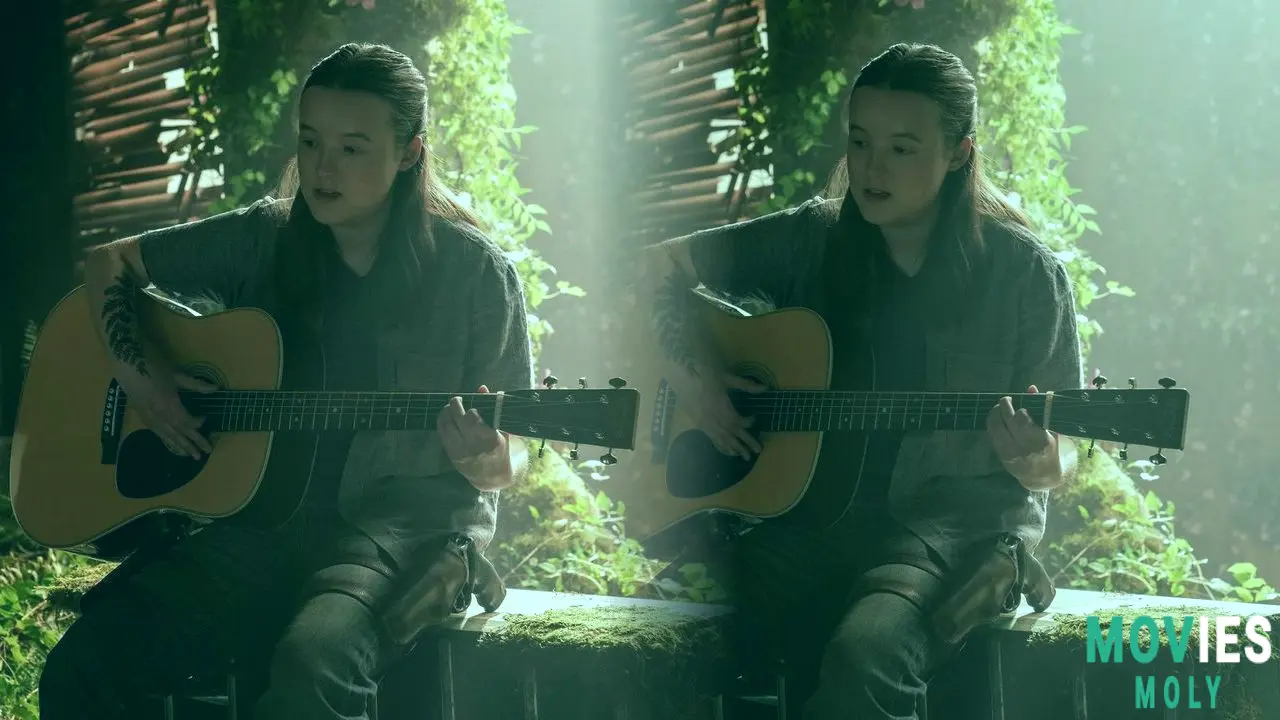
Amid the blood and bullet shells, the show finds room for a beautifully tender pause. Sheltering in a record store, Ellie’s discovery of a functional guitar leads to a heartfelt cover of a-ha’s “Take on Me.” It’s more than a cool throwback — it’s emotional punctuation. Fans of the games know the song’s resonance, but the series elevates it into a language of love and memory. This is Joel’s legacy speaking through Ellie — not just in survival, but in sound. Music as a lifeline, a bridge, and a soft place to land.
Dina’s teary eye contact with Ellie in this moment cements their relationship’s trajectory. It’s a masterful use of an 80s pop hit to convey something that words can’t. Even in a world falling apart, affection blooms. Hope sings, if only for a moment.
The Subway Escape Is Claustrophobic Thrill-Ride with Emotional Fallout
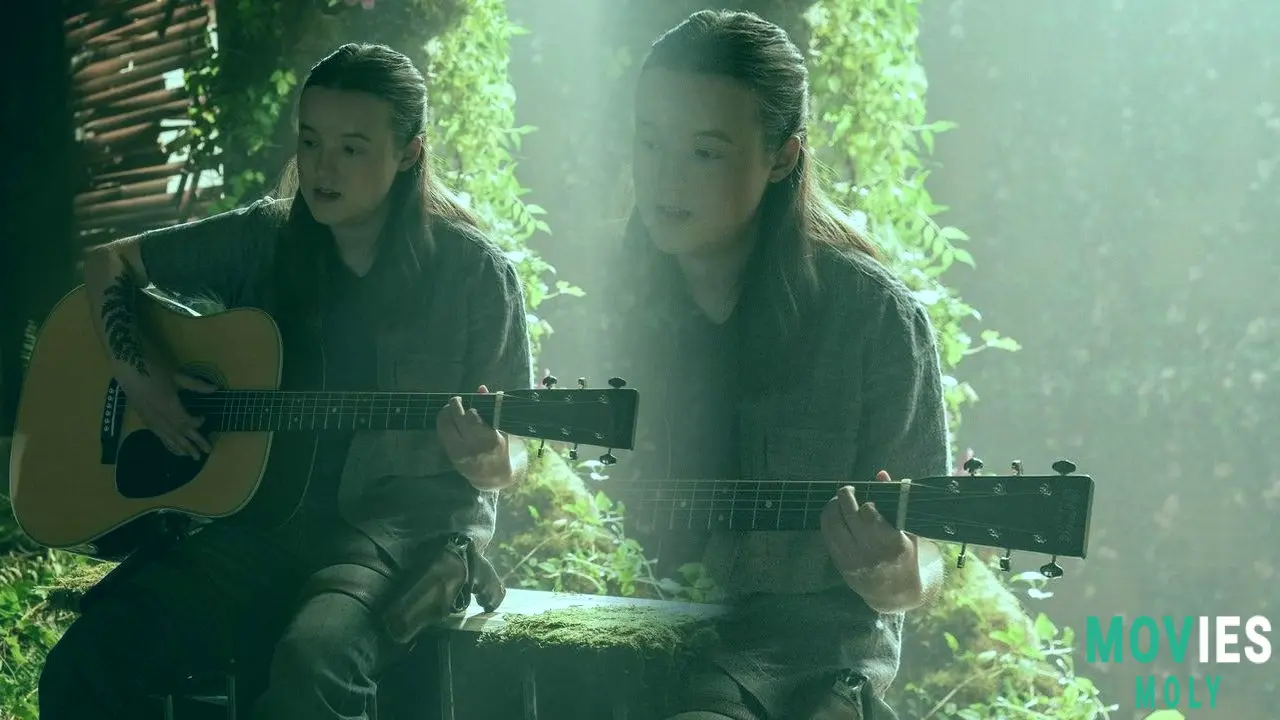
The descent into the subway tunnel turns into a nightmare gauntlet of infected, red flares, and desperate improvisation. The sequence is tightly choreographed chaos, and Bella Ramsey’s physical performance shines as Ellie fights, runs, and thinks on her feet. But the real gut punch comes when Ellie saves Dina by taking a bite herself. It’s a poignant reversal on player experience — in the games, Ellie’s immunity is often assumed, but here it’s a revelation, and a risk.
Dina’s immediate reaction — pulling a gun on Ellie — is raw and real. Fear mixed with love. Trust shattered and rebuilt in real time. When Ellie confesses she’s already been bitten and didn’t turn, it defuses the tension just enough to allow another bombshell: Dina is pregnant. The emotional rollercoaster crescendos into a desperate, passionate kiss. A “point of no return” moment, not just for their relationship, but for the narrative itself.
Pregnancy, Promise, and the Weight of What Comes Next
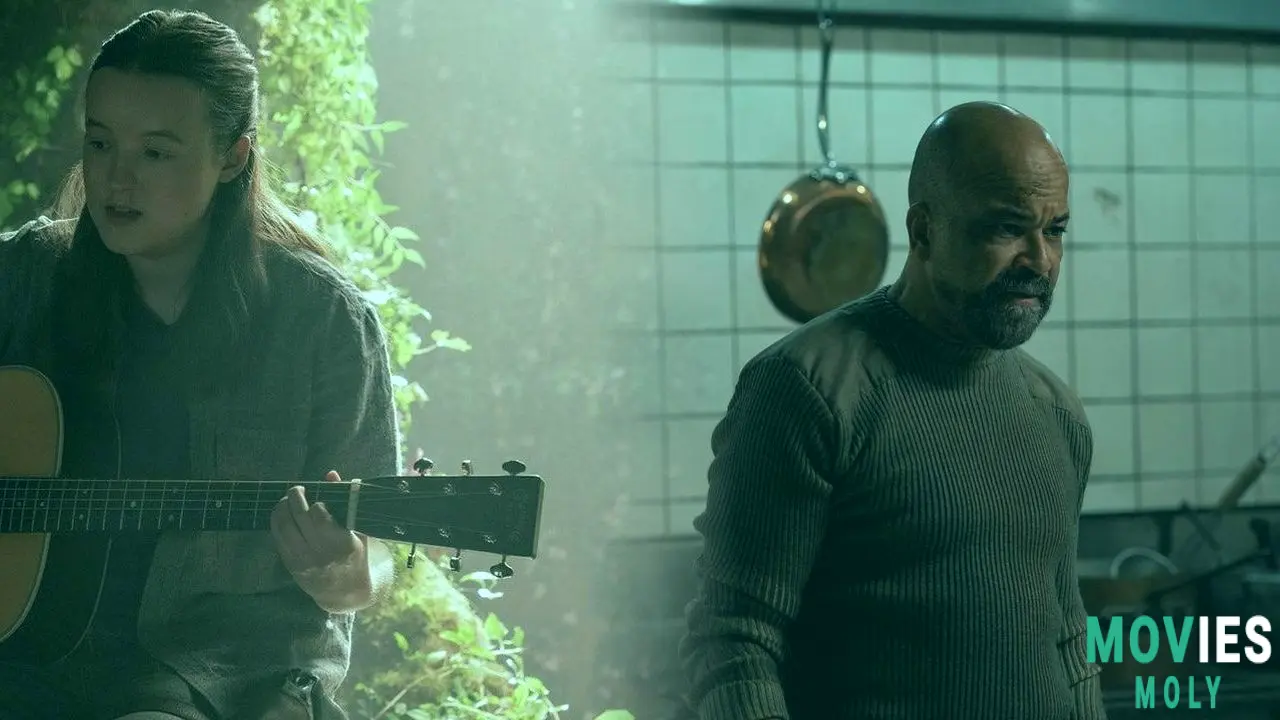
The morning after feels like a small reprieve from the storm. Over jerky and smiles, the two unpack everything. Ellie shows the burn-hidden bite, Dina reveals the multiple positive tests. There’s humor in Ellie’s “I’m gonna be a dad” line, but also a profound shift in stakes. The mission for revenge suddenly feels hollow against the possibility of creating life. Yet, when the WLF radio crackles with a lead on Nora, they don’t hesitate. “Together,” Dina says. And they mean it.
This episode doesn’t just push the plot forward — it complicates it emotionally. It asks what we’re willing to risk for revenge, and if love can be a refuge or a trap. Ellie and Dina’s relationship has evolved from survival partnership to something deeply personal, and the show trusts us to feel the weight of that evolution.
Final Thoughts: Episode 4 Is The Last of Us at Its Most Cinematic and Emotional
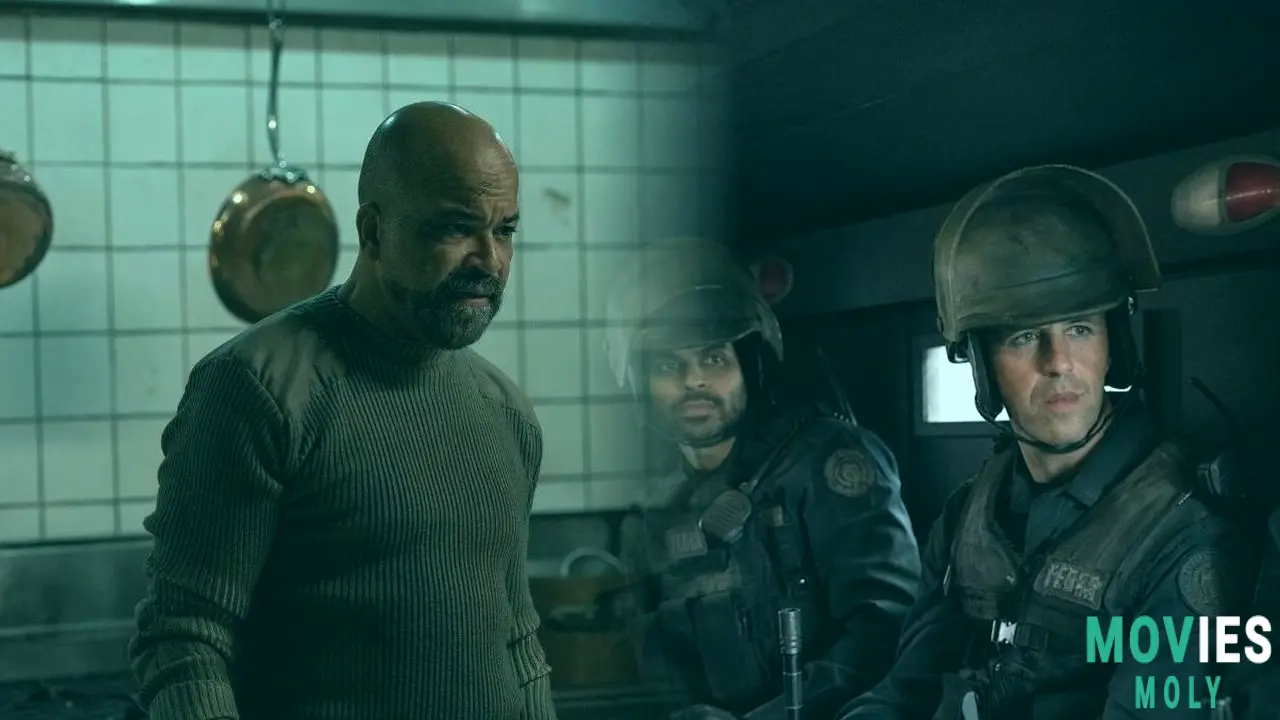
“Day One” is a standout not because of one big twist, but because of how expertly it weaves together character, theme, and atmosphere. Jeffrey Wright’s Isaac gives us a new lens on the WLF, turning a faction we knew from the game into something more ideologically complex and morally compromised. Ellie and Dina’s journey through Seattle is a microcosm of the show’s genius — a blend of gritty survival and tender human connection.
There are Easter eggs for fans, like the clever use of tattoos to hide Ellie’s bite, and call-backs to previous emotional beats with the choice of “Take on Me.” There are new questions, like what Dina’s pregnancy means for the future, and how Ellie’s immunity will continue to define her. And there’s one undeniable truth: even in a world full of horror, love refuses to be background noise.
For a series that often grapples with the grim and the gore, The Last Of Us Season 2 Episode 4 finds hope in the most unexpected place — a broken city, a worn guitar, and two people refusing to let each other go. This isn’t just a point of no return for the story. It’s a high-water mark for the show.

